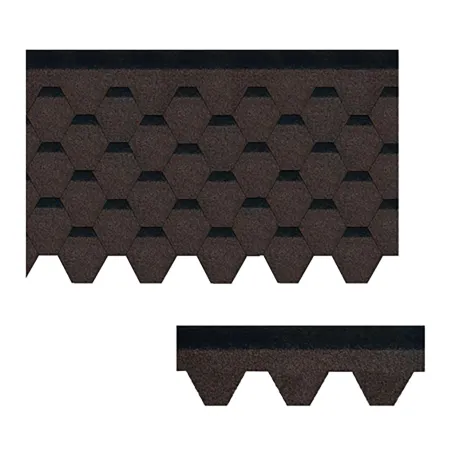
sep . 21, 2024 18:58 Back to list
how long should shingles last on a roof
How Long Should Shingles Last on a Roof?
When it comes to roofing materials, shingles are a popular choice for homeowners due to their affordability, ease of installation, and aesthetic appeal. However, understanding the lifespan of shingles is crucial for effective home maintenance and budgeting for future expenses. But how long should shingles last on a roof?
The Average Lifespan of Shingles
The lifespan of roof shingles can vary significantly based on several factors, including the type of shingles, climate conditions, and maintenance practices. Generally, asphalt shingles, which are the most commonly used roofing material, have an average lifespan of 20 to 30 years. On the other hand, architectural or laminated shingles, which are thicker and have a more durable construction, can last anywhere from 25 to 40 years.
Wood shingles, which are valued for their natural aesthetic, generally have a lifespan of 20 to 25 years, while metal roofing can last 40 to 70 years, depending on the quality of the materials and installation. Slate and tile roofs are often considered the longest-lasting options, with a lifespan that can exceed 50 years when properly maintained.
Factors Influencing Shingle Lifespan
Several factors can significantly impact the lifespan of shingles
1. Quality of Materials Higher-quality shingles typically come with better warranties and longer life expectancy. When choosing shingles, it's essential to consider the manufacturer's reputation and the materials used in production.
how long should shingles last on a roof

2. Installation Even the best shingles can fail prematurely if not installed correctly. Using experienced and certified roofing professionals can help ensure that shingles are applied according to the manufacturer’s specifications.
3. Climate Areas with extreme weather conditions, such as heavy rains, high winds, or intense sunlight, can shorten the lifespan of shingles. UV exposure, in particular, can lead to the deterioration of asphalt shingles.
4. Maintenance Regular roof maintenance, including inspections and cleanings, can help extend the life of shingles. Removing debris, such as leaves and branches, can prevent moisture buildup and subsequent damage.
5. Ventilation Proper attic ventilation is essential for preventing heat and moisture buildup, which can lead to premature shingle wear. Proper airflow can also help regulate temperature, reducing stress on the roofing materials.
6. Location Homes located in regions prone to storms, hail, or snowfall may experience more rapid shingle degradation than those in milder climates.
Conclusion
In conclusion, the lifespan of shingles on a roof can range from 20 to 70 years, depending on various factors. Homeowners should consider the type of shingles, climate conditions, and maintenance practices when evaluating their roof's longevity. Being proactive about repairs and routine maintenance can significantly extend the life of your shingles, ensuring that your home remains protected and well-maintained for years to come. Regular inspections and prompt attention to potential issues can save homeowners from costly replacements in the future.
-
Moonlight White HIREFLE Granules with GPT-4 Turbo
NewsAug.02,2025
-
Premium Round Asphalt Shingles: Durable & Elegant Roofing
NewsAug.01,2025
-
Eco-Friendly Clay Tiles | AI-Enhanced Durability
NewsJul.31,2025
-
Durable Shingle Granules for Premium Roofs
NewsJul.31,2025
-
Stone Coated Metal Roof Tile-Roman Tile for Durable Roofing Solutions
NewsJul.30,2025
-
Stone Coated Metal Roof Tile-Wood Grain Tile for Durable Roofing
NewsJul.30,2025







